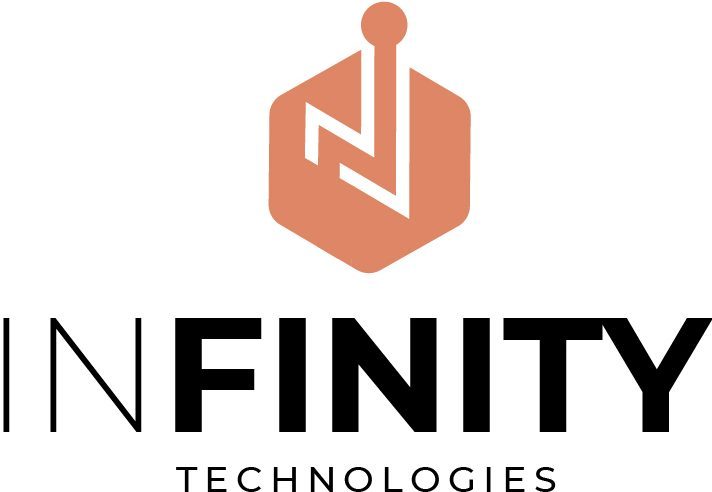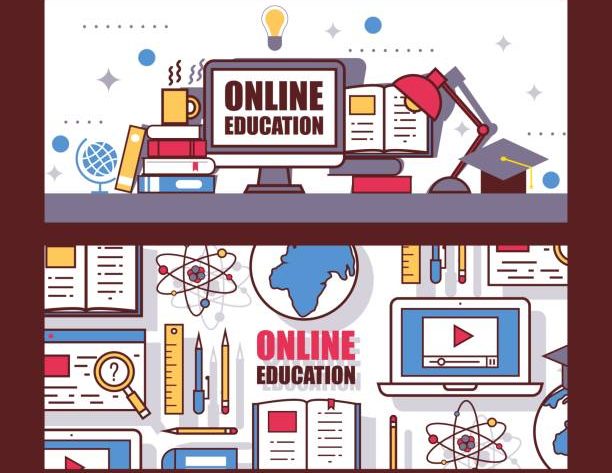It is important to design an educational website that is attractive, informative, and user-friendly. A well-designed website for education should reflect the institution’s values and mission and make it easy for students, teachers, and parents to access relevant information.
We are pleased to share with you our experience as a team that provides LMS Website Design Services.
Establish your goals
The design of an educational website begins like any other.
Your website can be customized to meet your business objectives. You will need to define your target audience and your business objective.
For instance, if you are planning to design a website for an educational institution, you will need to address both the pupils and parents who will be visiting the site.
To appeal to both groups, you’ll want to combine bold and colorful elements and informative content with easy navigation.
Expand on Visuals
Remember our insights about color palettes for educational website design
The education industry is not an exception.
To create a uniform brand image, if you have a Brand Book in your educational institution’s name, ensure that your website colors are consistent with the existing scheme.
Use neutral colors and persuasive colors. For example, Blue, Green, Brown.
Use other colors to match the color palette. Highlight important design elements, such as headers and footers.
Add Media and Content
A well-structured copy that is consistent and meaningful is half of the battle.
Here’s why: A website that blends useful content with user-friendly web design elements will foster long-term trust relationships with more students.
Media components make the education site more appealing and interactive.
Find Inspiration
Inspiration is the key to a successful educational website.
The best educational websites for both physical institutions and online platforms will vary in terms of their content and form.
Here’s a look at the best features of educational websites.
Features of Educational Website Designs for Universities & Schools
A good website design should be developed for educational institutions to attract new students as well as orientate existing students.
Following these design features and ideas for education websites will help you get a higher conversion rate and attract more visitors to your site who will stay on it longer.
School or university hierarch
Show the arrangement of faculties, subjects, or courses. Showcase the department heads, deans, and teachers. Search the site across sections and publications.
Online Timetable
The functionality of a timetable is a given. Some EdTech features and designs are often ignored. As an example sec, security only makes the program accessible after the teacher/student logs in. It’s a good idea to mark the locations of the study areas on the map and to provide directions if the university has multiple buildings or departments spread across the city.
Video
Drones can be used to film around your campus and show how exciting it is. You can then use the videos as the background for banners or in a separate section to show potential students. It will not only show what happens inside your institution but also increase trust and credibility.
CTAs that focus on the customer
An application form and a clear and direct call to action will indicate what the institute is looking for its visitors to do. For example, they may want them to apply, go on a virtual tour, or sign up for a newsletter. You can stand out by focusing on these features.
Gamification
According to Emerald Research, Around 85% of students are in favor of well-designed gamification components. Gamification should also not be limited to video games but should promote the anatomy and relatedness of the learning process and improve learning outcomes.
As a consequence, Gamification is a component of web design for education. The information should be relevant and contextual to the user. According to the report, four types of players are important: achievers (40%), killers (20%) and explorers (50%). Richard Bartle, then they should be combined with the learner types you have. They should then be combined with your learner types.
A group competition that involves teamwork in order to complete a particular task could give the team extra currency within their squad, reward points, or a trophy. You are only limited by your imagination.
Features of Online Learning Platforms
Elearning platforms are the second category of educational web design that has a different set of functionality. They not only represent certain institutions but also act as educational institutions.
When designing an educational site, it is important to focus on the media elements as well as educational content.
We’ll see which special features can be added to a place for online courses.
Audio/Video Streaming
webinars are a great way to teach. They allow learners to get feedback and ask questions in real-time, unlike video. Video streaming, audio, and text-typing are essential.
Interactive whiteboard
The addition of a whiteboard interactive workspace, in which both teacher and student can type, draw, or upload images in real-time, improves collaboration and adds Gamification. A highlighter, eraser, and text zooming in/out are all useful tools for learning.
Personal account
Users can track their progress, save their learning materials, and find their friends to communicate and share results. Decide on your monetization strategy. Your courses can be free, paid, or mixed. Paid programs require payment system integration or in-app currency implementation.
Internal Messaging System
It’s a great idea to create an internal chat for students and teachers to resolve all issues relating to lessons and learning in general. You’ll end up with a group of students and teachers. This can be expanded to a social media platform on the educational website. This will grow interest and increase the loyalty of students.




